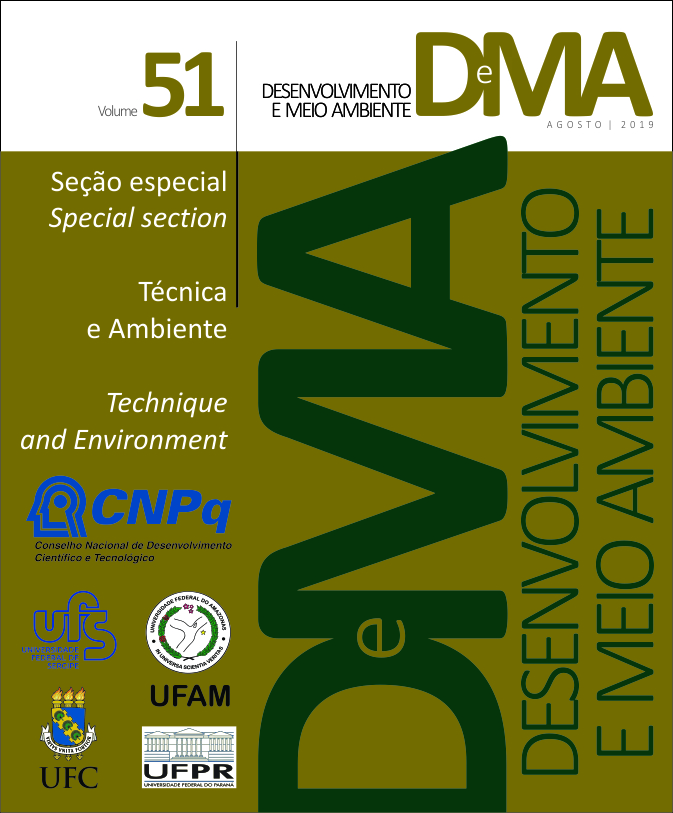Frederico Carlo Hoehne and the Horto Oswaldo Cruz
DOI:
https://doi.org/10.5380/dma.v51i0.61635Keywords:
botany, Frederico Carlos Hoehne, botanical Garden, Butantan InstituteAbstract
Over its lifetime, the Butantan Institute (in São Paulo) has developed some activities focusing on the study of botany. Within the Institute, the Oswald Cruz Botanical Garden was created amidst the discussions about public health and focused on the study and cultivation of medicinal and poisonous plants. Botanist Frederico Carlos Hoehne, who led the initiative, was recognized by his studies in the area and by his performance in governmental institutions of São Paulo at the time. In this paper, we analyze Hoehne’s performance while he was in charge of the Botanical Garden from 1917 to 1924. This study approaches the activities performed in this institution and aims to understand the routine of scientific practices based on the cultivations and on establishing a network with interlocutors. The analysis of the annual reports produced by the Butantan Institute and Hoehne’s publications show how the established objectives were transformed into actions on a daily basis, highlighting the interests related to health and the different uses of the cultivated specimens. The results indicate that, although governmental orientations were important, they were not exclusively considered. The interlocutors of the Botanical Garden, Hoehne’s preferences and the limits imposed by material conditions influenced and helped to delimit what had been done.
Downloads
Published
How to Cite
Issue
Section
License
Copyright on works published in this journal rests with the author, with first publication rights for the journal. The content of published works is the sole responsibility of the authors. DMA is an open access journal and has adopted the Creative Commons Attribution 4.0 Not Adapted (CC-BY) license since January 2023. Therefore, when published by this journal, articles are free to share (copy and redistribute the material in any medium or format for any purpose, even commercial) and adapt (remix, transform, and create from the material for any purpose, even commercial). You must give appropriate credit, provide a link to the license and indicate if changes have been made.
The contents published by DMA from v. 53, 2020 to v. 60, 2022 are protected by the Creative Commons Attribution-NonCommercial-NoDerivatives 4.0 International license.
DMA has been an open access journal since its creation, however, from v.1 of 2000 to v. 52 of 2019, the journal did not adopt a Creative Commons license and therefore the type of license is not indicated on the first page of the articles.




